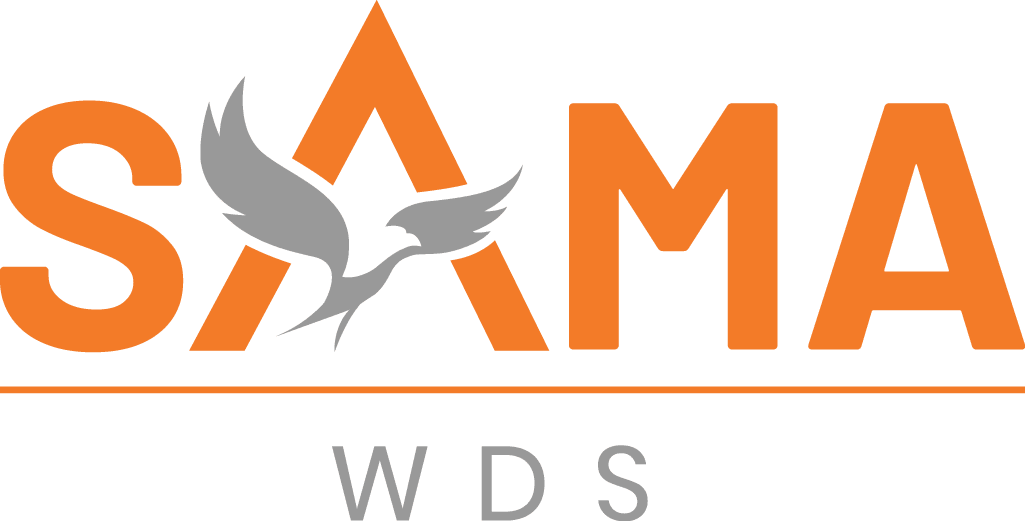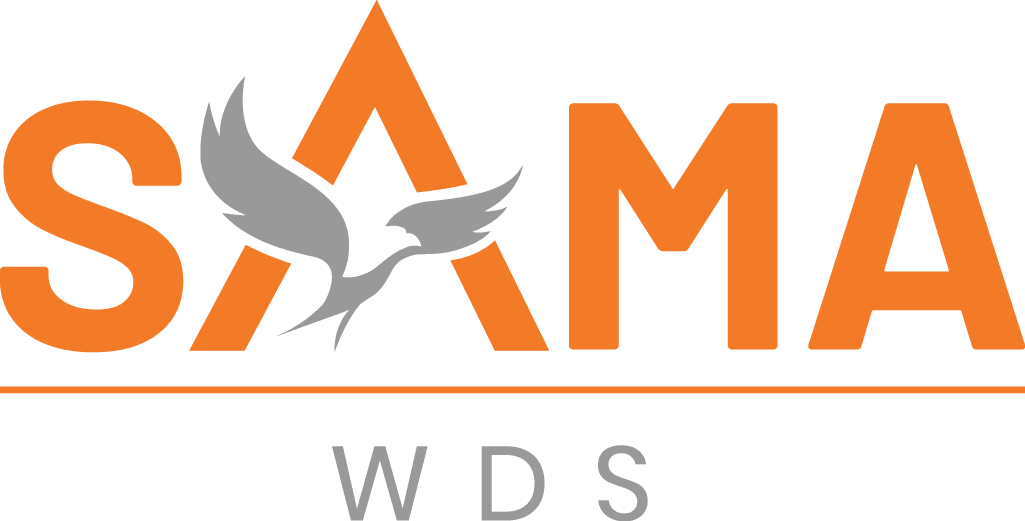
Mastering Workday Talent Management: Strategies, Best Practices & Solutions for HR Success in 2025
Talent management is a strategic approach to attracting, developing, engaging, and retaining top performers within an organization. It encompasses a holistic framework that aligns human capital with business objectives, ensuring that the right people are in the right roles at the right time. In today’s competitive landscape, effective talent management isn’t just an HR function—it’s a business imperative that drives innovation, productivity, and long-term growth.
From a technical standpoint, talent management involves integrating various HR processes, such as recruitment, performance evaluation, succession planning, and learning and development. According to Gartner, organizations with mature talent management practices experience 15% higher employee performance and 20% lower turnover rates. This underscores the importance of viewing talent not as a cost but as a valuable asset.
Sama, specializes in optimizing talent management through specialized HR solutions. For more on our comprehensive offerings, visit our website.
In this article, we’ll explore the intricacies of talent management, drawing from real-world applications across industries. Whether you’re in healthcare, where talent shortages can impact patient care, or in finance, where regulatory expertise is paramount, the principles remain consistent: identify high-potential employees, nurture their skills, and foster a culture of continuous improvement.
Talent management begins with understanding organizational needs. This involves conducting talent audits—systematic reviews of current workforce capabilities against future requirements. For instance, a tech company might use predictive analytics to forecast skill gaps in AI and machine learning, allowing proactive recruitment.
The evolution of talent management has shifted from traditional personnel management to a data-driven, employee-centric model. In the past, it focused primarily on administrative tasks; now, it leverages AI and big data for personalized career paths. This transition reflects broader workforce trends, including remote work and gig economy influences.
As we delve deeper, remember that effective talent management requires buy-in from leadership. C-suite executives must champion these initiatives, integrating them into corporate strategy for measurable outcomes like improved ROI on human capital investments.
Key Components of Talent Management
Talent management is built on several interconnected pillars. Each component plays a critical role in creating a robust talent ecosystem. Let’s break them down.
Recruitment and Talent Acquisition
Recruitment is the gateway to talent management. It involves sourcing candidates who not only possess the required skills but also align with organizational culture. Advanced techniques include applicant tracking systems (ATS) that use AI to screen resumes based on keywords, experience levels, and even sentiment analysis from cover letters.
In practice, a healthcare provider might employ targeted sourcing strategies, such as partnering with medical schools or using LinkedIn’s advanced search filters to find specialists in oncology. Metrics like time-to-hire (average 42 days per Deloitte reports) and cost-per-hire (around $4,000) are key indicators of efficiency.
Diversity and inclusion are non-negotiable. Implementing blind recruitment processes—removing names and photos from applications—can reduce bias, leading to a more innovative workforce. Once candidates are selected, onboarding programs should integrate them swiftly, with 90-day check-ins to assess fit.
Employee Development and Training
Development focuses on enhancing skills through structured programs. This includes e-learning platforms, mentorship, and cross-functional rotations. Technical aspects involve competency frameworks, where skills are mapped on a matrix (e.g., novice to expert) and tracked via learning management systems (LMS).
For example, in the finance sector, employees might undergo certifications in CFA or CPA, integrated with internal training on regulatory compliance like SOX. AI-driven platforms can recommend personalized learning paths based on performance data, increasing engagement by 30% as per industry benchmarks.
Measurement is crucial: Use Kirkpatrick’s four-level evaluation model to assess reaction, learning, behavior change, and results. ROI calculations, such as (benefits – costs) / costs x 100, help justify investments.
Performance Management
Performance management is an ongoing process, not an annual event. It utilizes tools like 360-degree feedback, where input comes from peers, subordinates, and supervisors. Key performance indicators (KPIs) should be SMART (Specific, Measurable, Achievable, Relevant, Time-bound).
In tech companies, agile performance reviews—quarterly check-ins with OKRs (Objectives and Key Results)—allow for real-time adjustments. Software like Workday’s performance module enables continuous feedback loops, correlating performance scores with business outcomes.
Addressing underperformance involves root-cause analysis, perhaps using fishbone diagrams to identify issues like skill gaps or motivational factors.
Succession Planning and Leadership Development
Succession planning identifies and prepares high-potentials for key roles. It uses talent pools—groups of employees groomed for advancement—and nine-box grids to plot performance against potential.
A realistic example: An energy firm might map C-level successors, providing them with executive coaching and stretch assignments. Metrics include bench strength (percentage of positions with ready successors) and promotion rates.
Leadership development programs often incorporate assessments like Hogan or Myers-Briggs, focusing on emotional intelligence (EQ) alongside IQ.
Retention and Engagement Strategies
Retention combats turnover, which costs 1.5-2 times an employee’s salary. Strategies include employee value propositions (EVPs) that highlight benefits like flexible work.
Engagement surveys, using tools like Gallup’s Q12, measure factors such as recognition and growth opportunities. Pulse surveys—short, frequent polls—provide timely insights.
In manufacturing, retention might involve career laddering, where clear progression paths reduce voluntary turnover by 25%.
Advanced Strategies in Talent Management
To stay ahead, organizations adopt cutting-edge strategies that leverage technology and data.
AI and Predictive Analytics in Talent Management
AI transforms talent management by predicting outcomes. Machine learning algorithms analyze historical data to forecast attrition risks, with models achieving 85% accuracy in some cases.
For instance, natural language processing (NLP) can scan internal communications for sentiment, flagging disengagement early. In retail, AI matches candidates to roles based on behavioral data, improving hire quality.
Ethical considerations are vital: Ensure algorithms are bias-free through regular audits.
Data-Driven Talent Analytics
Talent analytics uses big data to inform decisions. Dashboards visualize metrics like employee net promoter score (eNPS) or diversity indices.
Advanced techniques include cohort analysis—tracking groups over time—and regression modeling to link training to productivity gains.
A finance example: Analyzing promotion data to identify gender biases, then implementing targeted interventions.
Diversity, Equity, and Inclusion (DEI) Integration
DEI isn’t optional; it’s a strategic driver. Technical implementation involves setting quotas, but better is holistic: Unconscious bias training via VR simulations.
Metrics track representation at levels, with goals tied to executive bonuses.
In tech, affinity groups foster inclusion, boosting innovation scores.
Global Talent Management
For multinational firms, this involves cultural competence training and expatriate programs. Use Hofstede’s cultural dimensions to tailor approaches.
Challenges include visa compliance and time-zone management for remote teams.
Ready to transform your talent management strategy with Workday?
Sama can help you implement data-driven talent management solutions—from succession planning to AI-powered analytics—that reduce turnover by 20% and boost employee performance by 15%.

Tools and Technologies for Talent Management
Effective tools are essential for scaling talent management.
Integrated HR Platforms
Platforms like Workday centralize functions. For seamless connectivity, explore Workday integration services to link with CRM or ERP systems.
Features include AI chatbots for queries and blockchain for credential verification.
Learning Management Systems (LMS)
LMS like Moodle or Workday Learning deliver microlearning—bite-sized modules for better retention.
Integration with performance data auto-suggests courses.
Performance and Feedback Tools
Tools like 15Five enable weekly check-ins, aggregating data for trends.
Analytics and Reporting Software
Tableau or Power BI visualize HR data, with predictive modeling add-ons.
Implementation and Best Practices
Implementing talent management requires a phased approach.
Step-by-Step Implementation Guide
- Assess Current State: Conduct SWOT analysis on HR processes.
- Define Strategy: Align with business goals, involving stakeholders.
- Select Tools: Choose scalable solutions like Workday.
- Train Teams: Roll out with pilot programs.
- Monitor and Iterate: Use KPIs for continuous improvement.
Best practices include fostering a growth mindset, per Carol Dweck’s theory, and regular audits.
For expert guidance, consider Workday consulting services to customize implementations.
Case Study: A healthcare organization reduced turnover by 18% through Workday-optimized succession planning.
Challenges and Solutions in Talent Management
Common challenges include skill shortages, with 69% of employers reporting gaps per ManpowerGroup.
Solutions: Upskilling programs and partnerships with educators.
Resistance to change: Address via change management models like Kotter’s 8-steps.
Budget constraints: Prioritize high-impact areas, calculating ROI.
Generational differences: Tailor strategies for Boomers vs. Gen Z, e.g., flexible benefits.
Future Trends in Talent Management
Looking ahead, trends include:
- Hyper-Personalization: AI tailors experiences, like custom career paths.
- Skills-Based Organizations: Focus on skills over roles, using ontologies.
- Well-Being Integration: Mental health apps linked to HR systems.
- Metaverse Training: VR for immersive simulations.
- Sustainability: Talent strategies aligning with ESG goals.
As per Deloitte, by 2025, 75% of the workforce will be millennials/Gen Z, demanding agile management.
Ready to transform your talent management strategy with Workday?
Sama can help you implement data-driven talent management solutions—from succession planning to AI-powered analytics—that reduce turnover by 20% and boost employee performance by 15%.

Conclusion
Talent management is the linchpin of organizational success, blending strategy, technology, and human insight. By mastering its components and embracing innovations, businesses can build resilient workforces.
We’re committed to helping you navigate this landscape. For tailored solutions, visit ourwebsite, explore Workday integration services, or learn about our Workday consulting services. Contact us today to elevate your talent management game.
